Mushrooms are more than just ingredients in soup or pizza—they are deeply woven into the fabric of nature and human history. They help forests grow, heal the human body, and in some cases, alter consciousness. Yet they must also be treated with respect, as some can be dangerously toxic.
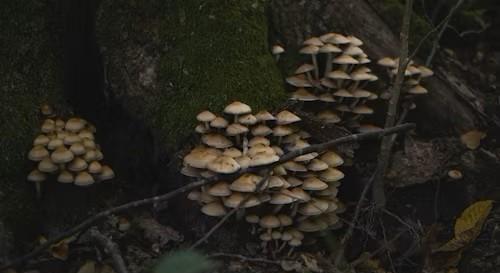
1. What Are Mushrooms?
Mushrooms are the fruiting bodies of fungi, meaning they are the reproductive structures that spread spores (like seeds). The main body of the fungus, called mycelium, spreads through the soil or decaying wood as a network of fine threads known as hyphae.
Although mushrooms look like plants, fungi form their own separate biological kingdom—more closely related to animals than to plants (Wasser, 2011).
2. Types of Mushrooms
Mushrooms can be divided into several main categories:
- Edible mushrooms like button, shiitake, and oyster mushrooms are rich in vitamins and minerals.
- Medicinal mushrooms such as reishi, lion’s mane, and turkey tail have been used to support the immune system and improve brain health (Wasser, 2011).
- Poisonous mushrooms like the death cap (Amanita phalloides) are highly toxic and can be fatal even in small amounts.
- Psychoactive mushrooms contain psilocybin, a hallucinogenic compound now being studied for mental health treatment (Carhart-Harris et al., 2016). However, they are also commonly misused as recreational drugs, which can be dangerous.
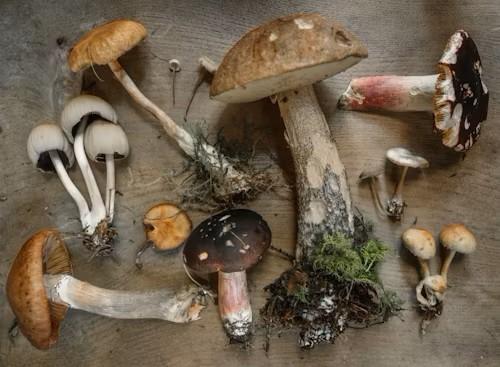
3. Mushrooms in Nature
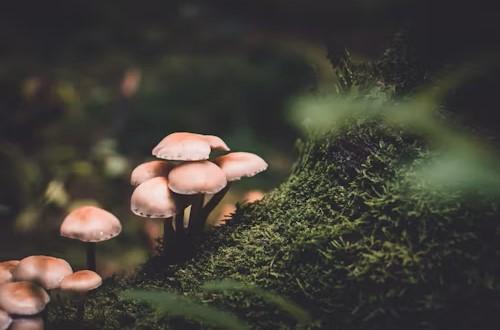
Mushrooms are vital to ecosystems. They are:
- Decomposers: Breaking down dead organic matter and recycling nutrients back into the soil.
- Symbiotic partners: Many mushrooms form mycorrhizal relationships with plants, helping them absorb water and minerals in exchange for sugars (Smith & Read, 2008).
These relationships are essential for forest health and soil fertility.
4. Historical Use and Discovery
Mushrooms have a long relationship with humanity:
- Ancient peoples likely learned through trial and error, passing mushroom knowledge orally across generations.
- Archaeologists found that Ötzi the Iceman, a 5,300-year-old mummy, carried two types of mushrooms—possibly for medicinal use and fire-starting (Peintner et al., 1998).
- In Mesoamerica, Indigenous cultures used psilocybin mushrooms in sacred ceremonies for spiritual visions (Dobkin de Rios, 1984).
- In Siberia, shamans used Amanita muscaria (red-and-white mushrooms) in religious rituals—possibly inspiring legends such as Santa Claus (Ruck, 2006).
5. Myths and Theories About Mushrooms
Mushrooms have always inspired wonder and superstition:
- In European folklore, mushrooms were called “fairy rings”, believed to be places where fairies danced or gathered.
- The “Stoned Ape Theory”, proposed by ethnobotanist Terence McKenna, suggests that early humans may have evolved cognitively through the use of psychoactive mushrooms—a speculative but interesting idea (McKenna, 1992).
- Some ancient cultures viewed mushrooms as gifts from the gods or spiritual teachers.
These myths show how deeply mushrooms are rooted in human imagination.
6. Food and Nutrition
Edible mushrooms are:
- Low in fat and calories
- Good sources of B vitamins, selenium, copper, and antioxidants
- High in fiber and umami flavor (the “fifth taste”)
They’re used in everything from soups and sauces to meat substitutes like mushroom burgers and jerky.
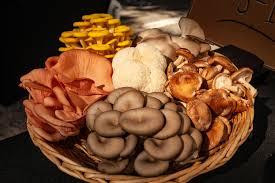
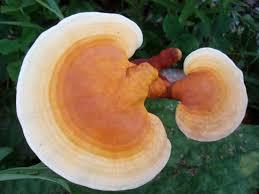
7. Dangers and Misuse
While mushrooms offer many benefits, they must be approached with caution:
- Misidentifying wild mushrooms is one of the biggest dangers. Some deadly species look very similar to edible ones.
- Psilocybin mushrooms, though showing promise in medical settings, are illegal in many countries and can be dangerous if taken improperly (Johnson et al., 2008).
- Even edible mushrooms can cause allergic reactions or upset stomachs in sensitive individuals.
It’s always best to forage with expert guidance or buy from trusted sources.

Conclusion
Mushrooms are powerful and ancient organisms—central to ecosystems, useful in health and food, and deeply embedded in myth and medicine. Whether healing the body, nourishing the soil, or inspiring ancient rituals, mushrooms continue to remind us of nature’s complexity and mystery. But their power comes with responsibility: knowledge, respect, and caution are essential when dealing with fungi.
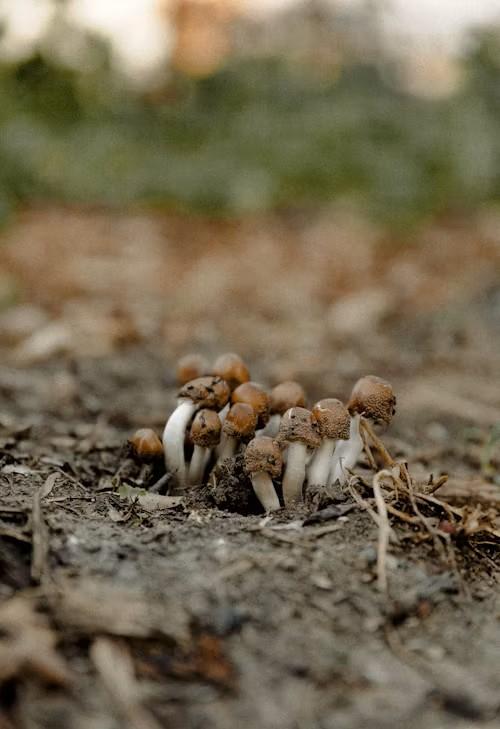
References
- Wasser, S. P. (2011). Medicinal mushrooms as a source of antitumor and immunomodulating polysaccharides. Applied Microbiology and Biotechnology, 60(3), 258–274.
- Carhart-Harris, R. L., et al. (2016). Psilocybin with psychological support for treatment-resistant depression. The Lancet Psychiatry, 3(7), 619–627.
- Smith, S. E., & Read, D. J. (2008). Mycorrhizal Symbiosis (3rd ed.). Academic Press.
- Peintner, U., Pöder, R., & Pümpel, T. (1998). The Iceman’s fungi. Mycological Research, 102(10), 1153–1162.
- Dobkin de Rios, M. (1984). Hallucinogens: Cross-cultural perspectives. Bridging Worlds: Studies on Indigenous Knowledge and Development.
- Ruck, C. A. P. (2006). Mushrooms, Myth and Mithras: The Drug Cult that Civilized Europe. City Lights Books.
- McKenna, T. (1992). Food of the Gods: The Search for the Original Tree of Knowledge. Bantam Books.
- Johnson, M. W., Richards, W. A., & Griffiths, R. R. (2008). Human hallucinogen research: Guidelines for safety. Journal of Psychopharmacology, 22(6), 603–620.
Leave a comment
Your email address will not be published. Required fields are marked *

